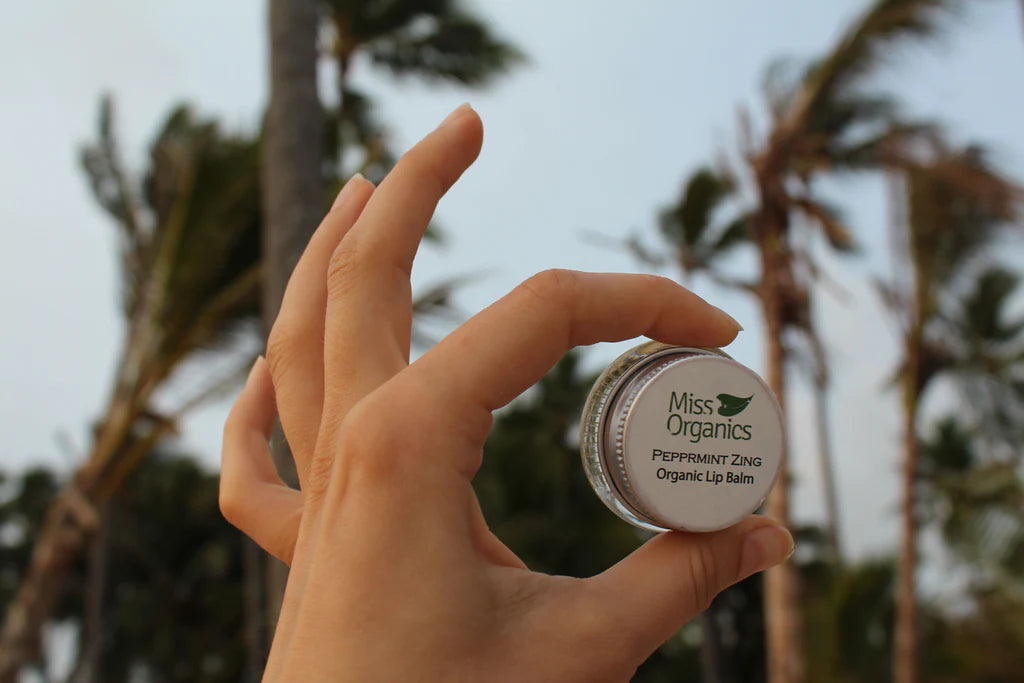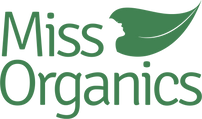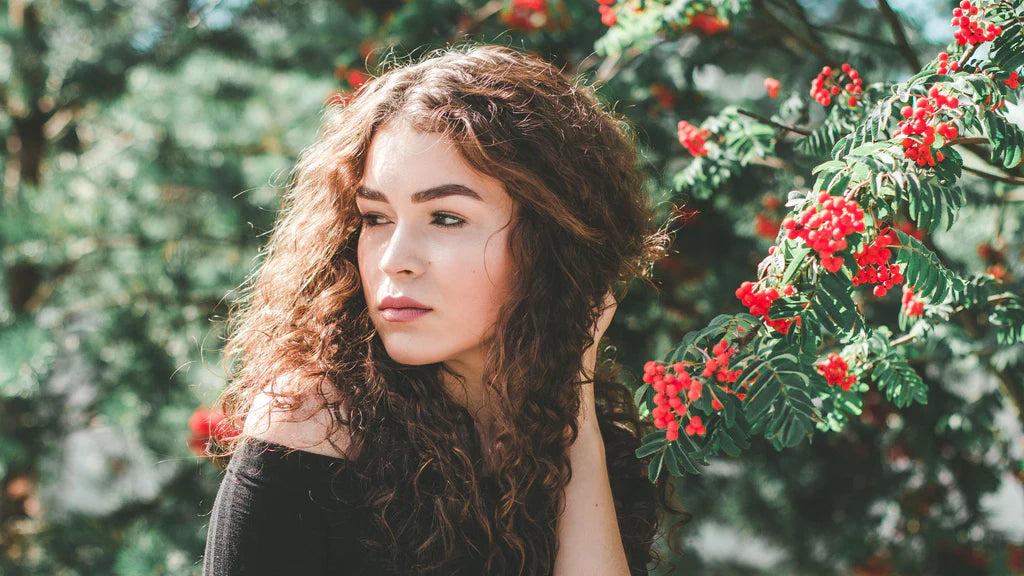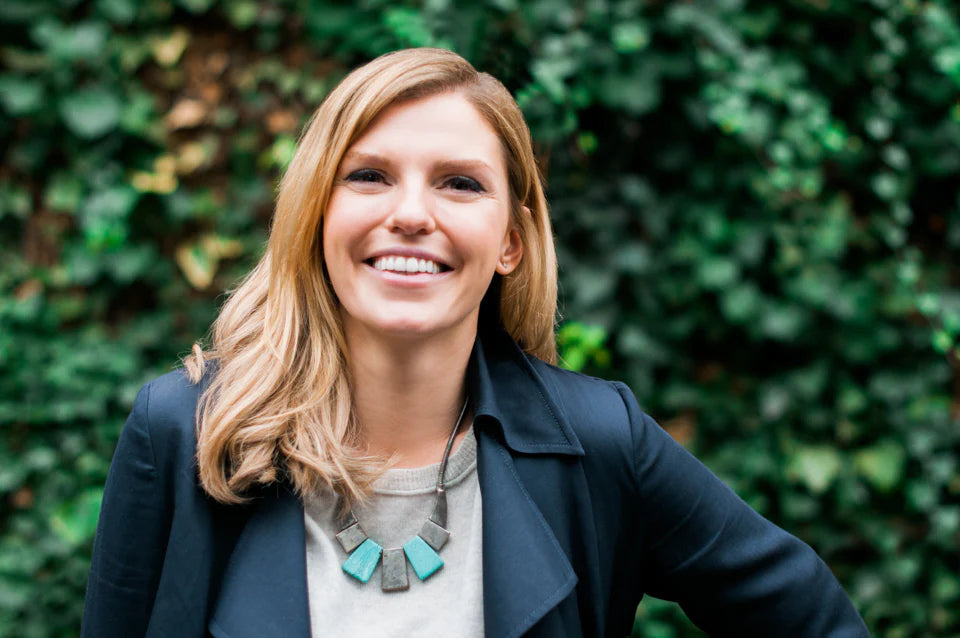What's In Your Lip Balm?

When you have dry or chapped lips you automatically reach for your lip balm, right? But when was the last time you actually checked the ingredients listed on that pot of balm you rely so heavily upon?
Just like me, I bet you are constantly reapplying your balm in the hope of soothing and moisturising your cracked lips especially with the weather turning colder in September. But the effect is often only temporary, resulting in constant reapplication. Unfortunately, you could only be making the problem worse since that balm could have been the cause all along.
To avoid being a victim of a 'misleading' lip balm, here are some key ingredients which you should avoid:
- Petroleum jelly
Petroleum jelly is made up of solid mineral waxes mixed with mineral oils and chemicals from crude oil. Surprisingly, this substance is used in a lot of lip balms and acts as an occlusive moisturiser, i.e. sitting on the skin and thus providing a physical barrier to stop epidermal water loss. However research has shown it to be carcinogenic and connected to skin cancer, as well as causing allergic reactions. Not only that it can suffocate your lips as it doesn't let the skin breathe. It's a cheap ingredient lacking any nutrients and not as moisturising as a plant-based ingredient, such as shea or cocoa butter. Imagine putting cling film on your lips and walking around with it expecting your drips will be moisturised once you take it off!
- Fragrances, colours and flavourings
Most fragrances are made up of synthetic chemicals which you would not want to be putting on your lips as you end up ingesting them. By using the term fragrance, the manufacturer avoids listing the numerous complex chemicals used to create these flavours, scents and colours. These chemicals can be very harmful to your wellbeing and add no benefit for your lips so you're much better off avoiding them. Would you ever drink perfume? If not then why ingest it in the form of a paste.
- Methanol, phenol and other OL ingredients
Methanol and phenol are the most common OL ingredients to be used in lip balms. When applied, they can give you a cooling, tingling feel which can actually burn and chap lips further. This is an indicator of alcohol being present, which is a drying substance. Therefore, choosing alcohol free balms is essential.
- Salicylic acid
This ingredient is used as a preservative but it quite strong and can cause a tingling sensation when applied on lips. The acid can worsens your lip condition causing it to peel, crack, bleed and dry out more.
- Parabens
This is a type of preservative used in cosmetics, but it has been connected with some health concerns. The toxins in parabens have been associated with growth in breast tumours, as well as being suggested to speed up the ageing process resulting in more wrinkles earlier on. Parabens come in various forms and under a range of names including benzyl, propyl and enzyl paraben. Be cautious when choosing your lip balm to ensure you are not putting yourself at the risks these parabens can present.
- SPF
You may be wondering why SPF is on this list since it often an essential to have an SPF factor in your skincare! However, a large proportion of the cheap high street lip balms that boast having an SPF factor included are in fact not necessarily that great. This is because the sunscreen used in these balms is full of synthetic chemicals which when applied to your skin can disturb your body's normal hormonal balance. Oxybenzone is the most commonly listed chemical in SPF and it has been linked to photo allergenic reactions so please watch out it is not included in one of the lip balms you use.
Ensuring your lip balm contains natural, organically occurring ingredients is important as you end up ingesting what you apply on our lips. As always, checking the ingredients before you buy is key to making sure you are buying the best for your lips. Unless you are buying my organic lip balms of course, when you don't
need to check since I've already done it for you!
Enjoyed reading this article? Sign up below to hear from me next time or shop my organic skincare products.



